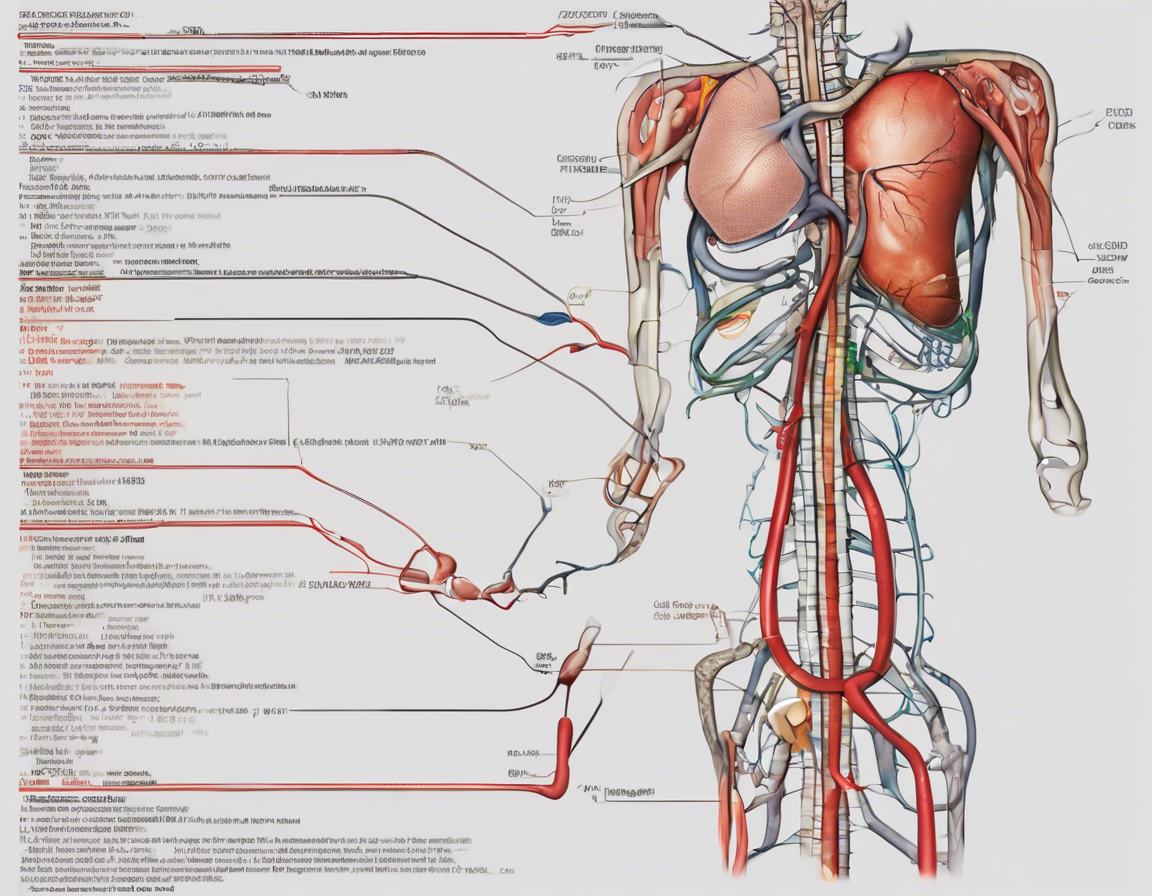Bile leakage is a complication that can occur after various surgical procedures involving the biliary system, such as cholecystectomy (gallbladder removal) or liver surgery. It is crucial to understand the coding guidelines for bile leakage in the International Classification of Diseases, Tenth Revision (ICD-10) to ensure accurate documentation and billing. In this article, we will delve into the details of bile leak coding in ICD-10, including the relevant codes, guidelines, and key points to consider.
What is Bile Leak?
Bile is a digestive fluid produced by the liver and stored in the gallbladder. It plays a vital role in the digestion and absorption of fats. Bile leak refers to the abnormal release of bile outside the biliary system, leading to potential complications such as infection, inflammation, and pain. Bile leakage can occur as a result of trauma, surgery, or various medical conditions affecting the biliary system.
ICD-10 Codes for Bile Leak
In ICD-10, bile leakage is classified under the K83 category, which specifically includes codes for other diseases of the biliary tract. The most commonly used codes for bile leakage are:
– K83.0 – Cholangitis
– K83.1 – Obstruction of bile duct
– K83.2 – Perforation of bile duct
When documenting a case of bile leak, it is essential to specify the location, cause, and severity of the leakage to assign the most appropriate code.
Documentation Guidelines
Accurate and detailed documentation is crucial for correct coding of bile leakage in ICD-10. The following key points should be included in the medical record:
– Location: Specify the site of the bile leak, whether it is from the liver, gallbladder, or bile duct.
– Cause: Document the underlying cause of the bile leak, such as trauma, surgery, or a specific medical condition.
– Symptoms: Describe any associated symptoms, such as abdominal pain, jaundice, fever, or signs of infection.
– Diagnostic Findings: Include results of imaging studies, such as ultrasound, CT scan, or MRCP, that confirm the presence of bile leakage.
– Treatment: Document the management approach, whether conservative, endoscopic, or surgical, and any procedures performed to address the bile leak.
Coding Challenges
Coding for bile leakage can be complex due to the need for specific documentation and understanding of the underlying condition. Some common challenges include:
– Differentiating from other biliary disorders: Bile leakage may mimic symptoms of other biliary tract disorders, requiring careful evaluation to accurately code the condition.
– Incomplete documentation: Lack of detailed information on the location, cause, or severity of the bile leak can hinder accurate code assignment.
– Coding for postoperative complications: Bile leakage following surgery requires clear documentation to differentiate it from routine postoperative changes or other complications.
ICD-10 Official Guidelines
The ICD-10 guidelines provide specific instructions for accurate coding of bile leakage and other biliary disorders. Key points to consider include:
– Code Assignment: Assign a code from category K83 when documenting bile leakage, specifying the site and cause as needed.
– Combination codes: Use combination codes when applicable, such as for cholangitis with associated bile leak (e.g., K83.0).
– Sequencing: Sequence the underlying cause of the bile leak as the primary diagnosis, followed by the specific code for the bile leak itself.
Frequently Asked Questions (FAQs)
- Can bile leak occur after any surgical procedure involving the biliary system?
-
Bile leak is more common after procedures such as cholecystectomy or liver surgery but can occur in other biliary interventions as well.
-
What are the symptoms of bile leak?
-
Symptoms may include abdominal pain, fever, jaundice, nausea, vomiting, and signs of infection.
-
How is bile leak diagnosed?
-
Imaging studies like ultrasound, CT scan, MRCP, or HIDA scan can help confirm the presence of bile leakage.
-
What treatment options are available for bile leak?
-
Treatment may include conservative management, drainage procedures, endoscopic interventions, or surgical repair, depending on the severity of the leak.
-
Is bile leak a serious complication?
- Bile leak can lead to significant complications if left untreated, including infection, abscess formation, and sepsis.
In conclusion, accurate coding of bile leakage in ICD-10 is essential for proper documentation, billing, and tracking of this complication. Healthcare providers should ensure detailed documentation of the location, cause, and management of bile leak to facilitate correct code assignment. Adhering to coding guidelines and seeking clarification when needed can help streamline the coding process and improve the accuracy of healthcare data related to bile leakage.
